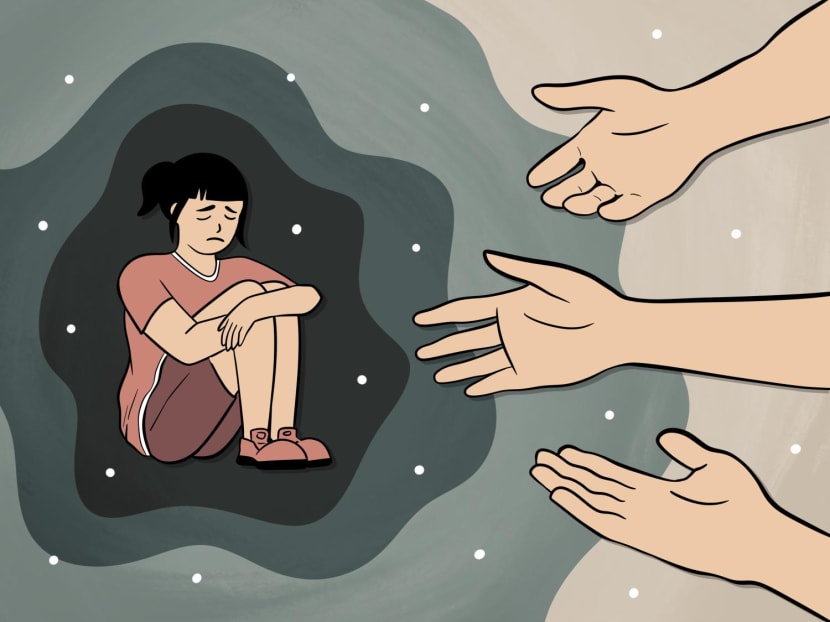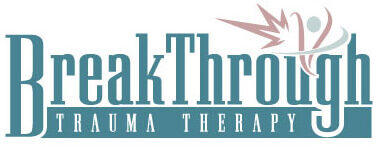Did you know childhood experiences exert a significant yet underestimated influence on your adult life? Most of your adult behaviors, biases, preferences, thought processes, and fears have
their foundations in those seemingly vague childhood memories. Research continues to show that adult mental health conditions stem from childhood trauma. Identifying and dealing with
your childhood traumas can resolve prevailing mental illnesses and alleviate symptoms.
What is Childhood Trauma?
 The American Psychologist Association (APA) describes trauma as any disturbing event that
The American Psychologist Association (APA) describes trauma as any disturbing event that
evokes significant fear, despair, confusion, or intense, disruptive feelings. The APA describes a
traumatic event as one that threatens injury, death, or risks the safety of others.
Childhood trauma occurs during the formative years through direct exposure, witnessing
trauma, or learning about the trauma of a loved one. The traumatic events include:
● Substance misuse
● Emotional, physical, and sexual abuse
● Physical violence
● Sickness
● Poverty
● Emotional and physical neglect
● Grisly accidents
● Witnessing traumatic events happening to loved ones
How Trauma Affects A Child’s Brain Development
Trauma interferes with the development of a child’s brain. It is this rewiring that increases the child’s susceptibility to other mental health issues in adulthood. Trauma alters brain structure and function, leading to behavioral, cognitive, and emotional regulation challenges.
Brain Structure and Function Disruption
MRI studies on a child’s brain after trauma exposure show reduced frontal grey matter responsible for emotion and cognitive regulation. The same brain pattern is prevalent in
individuals with mental illnesses such as bipolar and schizophrenia.
Neuronal Pathway Restructure
Trauma also restructures nerve pathways responsible for stress regulation. The affected brain structures include the amygdala, hippocampus, and prefrontal cortex. It keeps the child’s brain in survival mode.
How Trauma Rewires A Child’s Amygdala
The amygdala is the stress response center. It picks internal and external distress signals, interprets them, and activates the stress response during a traumatic experience. Usually, the
stress response resolves once the threat is over. However, a glitch occurs during a traumatic event, making the amygdala fail to process the distress signal accurately. The malfunction also creates an oversensitive and hypervigilant amygdala that interprets even neutral events as sources of distress long after the traumatic event is over.
A child with a hyperactive amygdala is in a constant state of fight or flight. The amygdala is constantly signaling danger. Behavioral cues from this new brain adaptation will be persistent
screaming, hitting, crying, biting, disruption, or saying hurtful words. Some children may adopt avoidance, seclusion, or self-soothing behavior when they feel threatened.
How Trauma Rewires A Child’s Hippocampus
The amygdala works with the hippocampus to form distress-related memories. It adds context to the memory from the cues acquired during the traumatic event, such as sights, sounds, touch,
time, and smells. However, during a traumatic event, the amygdala sends a faulty memory. The hippocampus also juggles up the cues, enhancing the inaccuracy of the memory. Instead of
retrieving a cohesive memory, the child gets intrusive thoughts and memories, vivid nightmares, and frequent flashbacks. The inaccurate memory becomes a distress signal for the amygdala.
You will notice the child overreacting to minor stressors depending on the trauma. A child exposed to violence may become terrified when you gently question them. They may cry, plead,
or tremble in anticipation of the violence.
How Trauma Rewires A Child’s Prefrontal Cortex
The prefrontal cortex enables a child’s cognitive functions, including planning and reasoning. Its mechanisms develop during childhood. Trauma interferes with this process. After a traumatic experience, the prefrontal cortex loses its ability to correctly regulate how a child reasons or logically approaches similar emotional states.
Part of the prefrontal cortex’s job is to prime memories as pleasant or unpleasant using the context added by the hippocampus and cues from the traumatic event. Due to this structural distortion, the brain treats the traumatic memory as a constant threat, evoking intense emotional reactions when recalled from the hippocampus.
The child experiences these memories as though they were happening in real time because the cues used during priming and encoding are inaccurate.
Stress Hormone Dysregulation
The changes in the brain also cause physiological changes in the body, impacting a child’s coping mechanisms. Survival tactics persist into adulthood. For instance, the amygdala sends
signals to the hypothalamus, which activates the sympathetic nervous system. The sympathetic nervous system stimulates the release of adrenaline, the primary stress hormone, through the autonomic nervous system. Adrenaline raises the breathing, heart, and blood flow rate to increase oxygen supply into the muscles and brain for fight or flight. It also triggers the release of cortisol, which maintains the stress response.
Cortisol dysregulation from an overactive amygdala can persist into adulthood. It enhances focus on the perceived threat by decreasing activity in other bodily systems, such as the
immune and digestive systems. Cortisol also mobilizes glucose in the brain to boost alertness to the perceived threat and the muscles for fight or flight.
The Impact of Childhood Trauma on Adult Mental Health
A child’s brain adapts to the new changes in adulthood without any psychological intervention. The resulting coping mechanisms that develop persist to adulthood. As an adult, the trauma may manifest as
● Sensory processing challenges during stressful situations due to an overly sensitized amygdala.
● Dissociative tendencies – when thoughts, feelings, and behaviors become overwhelming.
● Self-preservation from fear and anxiety to avoid confrontation, emotional vulnerability, or risks could also manifest as an overreaction to perceived threats.
● Emotional dysregulation, where the adult anticipates negative reactions, such as rejection or neglect, to responds with sadness, self-hating tendencies, or anger.
● Cognition challenges – reprogramming the brain into survival mode diminishes the prefrontal cortex’s cognitive function. Thinking logically or thought rationalization may be challenging in emotionally charged situations. Trauma may also impact concentration into adulthood.
● Self-concept and identity issues – trauma interferes with self-awareness, reducing a child and later on the adult, into a slave of their fears. It may lead to placing a high value on external validation to gain a sense of worth.
● Relational challenges – childhood trauma interferes with the adult’s ability to form long-lasting relationships because of the vulnerabilities and risks
● Increased vulnerability to mood disorders – a brain in survival mode has an overactive stress response and stress hormones in circulation, increasing the adult's risk of anxiety
disorders, depressive episodes, and post-traumatic stress disorders (PTSD)
Childhood Trauma Therapy Reduces The Risk of Adulthood Mental Illness
You do not have to forebear with your childhood traumatic experiences. Childhood trauma therapy can rewire the brain, reducing the impact of the ordeal. Find help today under the
guidance of a certified counseling psychologist.

